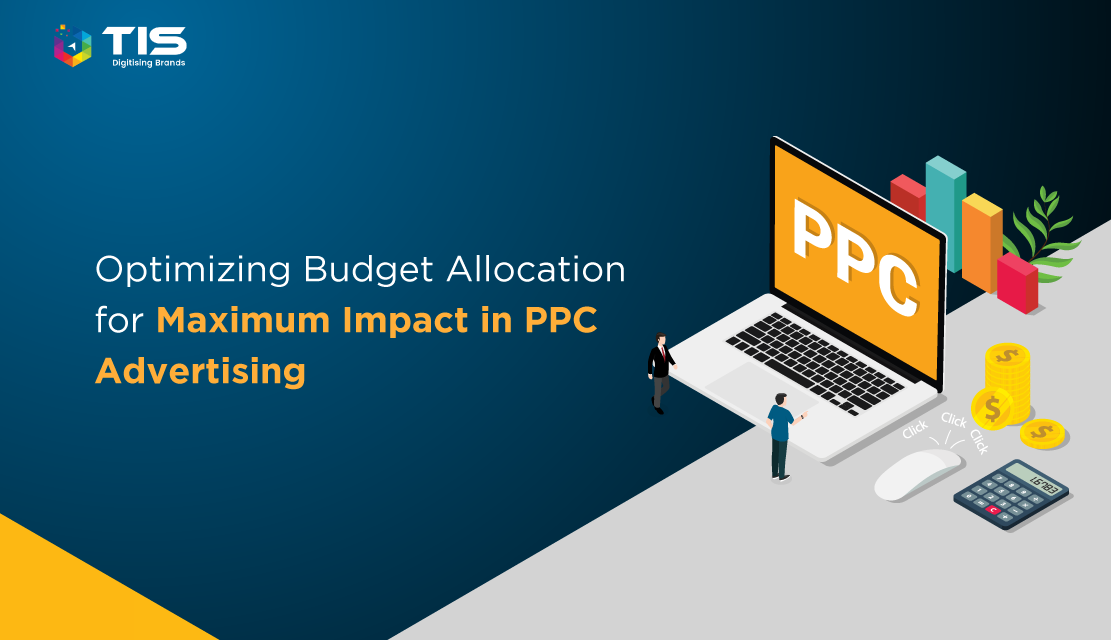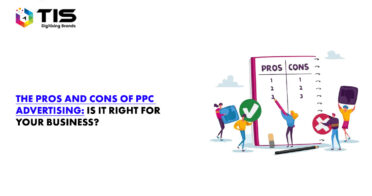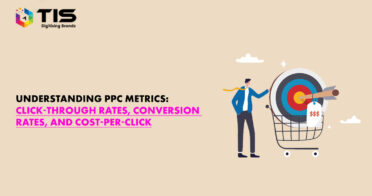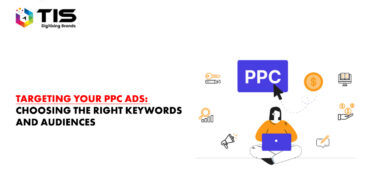





 Aug 17, 2023
Aug 17, 2023

In the dynamic realm of pay-per-click (PPC) advertising, the key to success doesn’t solely lie in the magnitude of your expenditures; it rests on the shrewd distribution of those funds to yield optimal outcomes. With the application of adept strategies, your budget can be stretched to its utmost potential, ensuring that your PPC campaigns resonate with impact. This article delves into the intricate landscape of budget management, navigating through the nuances of setting budgets, optimizing spending across diverse ad groups, and achieving a harmonious equilibrium between clicks and conversions.
To embark on the budget allocation journey, a profound understanding of your campaign’s objectives and priorities is paramount. Whether your focus is on enhancing brand visibility, cultivating leads, or catalyzing direct sales, the uniqueness of each goal demands a customized distribution of resources. By intricately identifying your key performance indicators (KPIs) and harmonizing your budget strategy in resonance with these benchmarks, you gain the ability to meticulously calibrate your endeavors, ensuring a precise alignment with your desired outcomes.
Not all ad groups exhibit identical performance levels. While some might exhibit remarkable efficacy, yielding a considerable return on investment (ROI), others may struggle to gain traction. For a judicious distribution of budget across ad groups:
Prioritize High-Performing Ad Groups: Allocate a larger portion of your budget to ad groups that consistently yield robust results. This approach ensures that your budget’s impact is concentrated where it holds the greatest potential.
Monitor and Adjust: Regularly scrutinize the performance of your ad groups, and calibrate budget allocations accordingly. If a certain ad group is underperforming, contemplate reallocating funds to more promising segments.
Test and Experiment: Dedicate a modest portion of your budget to testing new ad groups. This provides an opportunity to gauge their potential before committing substantial resources.
While clicks propel traffic to your website, conversions stand as the ultimate objective. Striking a harmonious equilibrium between these two aspects is pivotal for effective budget management.
Focus on Conversion Rate: Instead of fixating solely on clicks, prioritize ad groups and keywords that boast higher conversion rates. This ensures that your budget is channeled toward endeavors more likely to yield tangible outcomes.
Negative Keywords: Employ negative keywords to filter out irrelevant traffic. This serves to preclude budget wastage on clicks unlikely to culminate in conversions.
Optimize Landing Pages: Guarantee that your landing pages are closely aligned with your ads and deliver a seamless user experience. A well-optimized landing page can markedly elevate conversion rates, enhancing the efficiency of your budget.
To enhance the effectiveness of your budget, take advantage of ad scheduling and geo-targeting techniques. By strategically timing the display of your ads and targeting specific geographical areas, you can optimize your campaign’s reach and resonance with your intended audience. Utilize ad scheduling to present your ads during periods when user engagement is at its peak, ensuring that your message reaches users when they’re most receptive. Additionally, employ geo-targeting to concentrate your efforts on regions where your target audience is more likely to convert, tailoring your message to local preferences and needs for maximum impact.
Continuous monitoring and adjustment are essential aspects of effective budget management, going beyond the idea of simply setting your strategy and leaving it unchanged. It entails consistently overseeing your campaigns’ performance, closely tracking key metrics that gauge success, and proactively implementing needed refinements. If you observe that an ad group is surpassing its allocated budget while failing to yield the intended results, it’s crucial to consider redistributing funds to segments that exhibit greater promise. This adaptive approach ensures that your budget remains flexible and responsive to evolving circumstances, enabling you to optimize your resources for maximum impact.
In the dynamic landscape of pay-per-click (PPC) advertising, triumph isn’t solely dependent on the size of your expenditure; it hinges on the astute allocation of resources to yield optimal outcomes. With adept strategies in play, your budget’s potential can be fully realized, resonating impact through your PPC campaigns. This article has delved deep into the intricacies of budget management, navigating the nuances of setting budgets, optimizing spending across diverse ad groups, and striking a harmonious equilibrium between clicks and conversions. By understanding your campaign’s objectives, fine-tuning your daily and campaign budgets, optimizing ad group allocation, balancing clicks with conversions, leveraging ad scheduling and geo-targeting, and maintaining a vigilant monitoring and adjustment approach, you unlock the power to stretch your budget for maximum impact.
Remember, in the world of PPC advertising, it’s the smart utilization, not just the quantum of spending, that determines success. By embracing these insights, you stand poised to not only make the most of your PPC budget but also to propel your campaigns toward their desired goals, achieving outcomes that resonate far beyond mere clicks.

Overview of PPC Advertising PPC (Pay-Per-Click) advertising is an online advertising model where advertisers pay a fee each time their ad is clicked. It involves bidding on keywords and displaying ads in search engine results or on relevant websites. When a user clicks on the ad, the advertiser is...
Read More

Introduction: Pay-per-click (PPC) advertising is a powerful digital marketing strategy that requires a thorough understanding and analysis of key metrics to evaluate the effectiveness of your campaigns. This article focuses on three crucial metrics in PPC advertising: click-through rates (CTR), conversion rates, and cost-per-click (CPC). By gaining a comprehensive...
Read More

Introduction: PPC (Pay-Per-Click) advertising has become one of the most popular digital marketing methods for businesses to attract potential customers and increase website traffic. However, simply creating a ppc marketing services is not enough to ensure its success. The key to a successful PPC campaign is to effectively target...
Read More